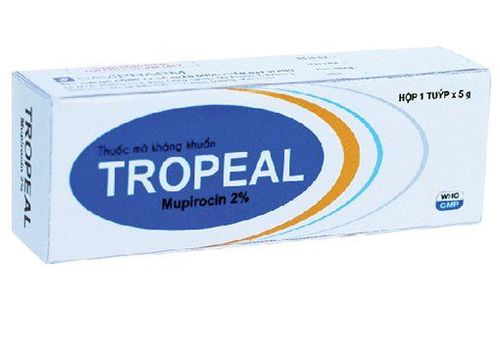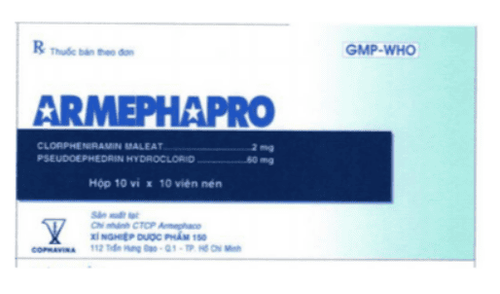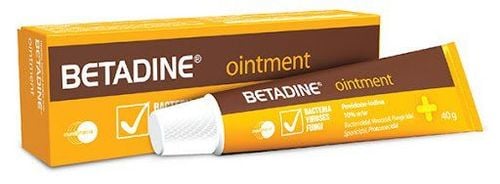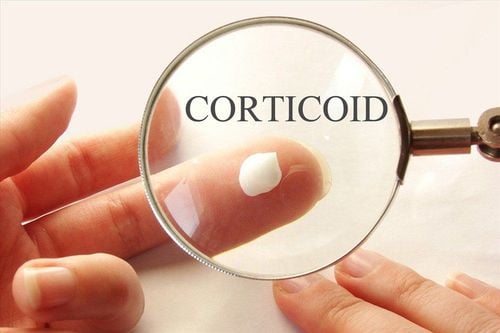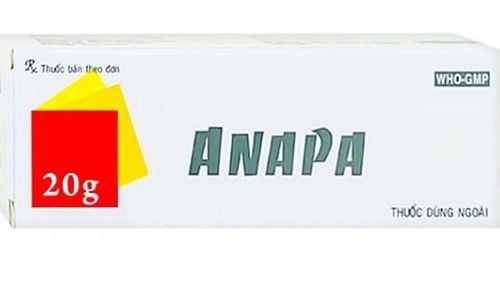This is an automatically translated article.
Prozalic belongs to the group of drugs for the treatment of dermatological diseases, prepared in the form of ointments for the skin. To ensure safety for health and maximize the effectiveness of treatment, patients need to take Sulfaprim exactly as directed by their doctor.
1. Ingredients of Prozalic
Each 15g of Prozalic ointment contains the following excipients:
Betamethasone dipropionate 9.6mg; Salicylic Acid 450mg; Excipients: Liquid paraffin, white vaseline with enough content of 15g. In which:
Active ingredient Betamethasone is a synthetic derivative of Prednisolone. Betamethasone is an adrenal corticosteroid with anti-inflammatory properties. Betamethasone has anti-inflammatory and anti-allergic properties and is used to treat disorders that respond to corticosteroids.
Salicylic Acid is a drug that exfoliates the skin's stratum corneum, anti-seborrheic and psoriasis treatment. Salicylic acid has a strong exfoliating effect on the skin's stratum corneum and mild antiseptic when applied. Salicylic acid has the effect of shaping the stratum corneum at low concentrations, while high concentrations will exfoliate the stratum corneum. Salicylic acid softens, destroys the stratum corneum by endogenous hydration, lowers pH, and causes the keratinized epithelium to swell, then peel off. When too much salicylic acid is applied, the drug can cause normal skin necrosis, while in high concentrations it will cause skin erosion. Salicylic acid inhibits fungal growth and helps antifungal medications penetrate the skin.
2. What are the effects of Prozalic?
Prozalic drug is effective in the treatment of skin diseases with hyperkeratinization and desquamation, skin diseases that respond to corticosteroids such as:
Lichen flat; Chronic atopic dermatitis; Psoriasis; Eczema ; Asian horn.
3. Contraindications to taking Prozalic
Do not use Prozalic drug to treat people with one of the following conditions:
Hypersensitivity to Betamethasone, Corticosteroids, Salicylic Acid and other salicylates or any of the excipients of Prozalic. Skin diseases caused by viral infections, ulcerative lesions and acne . Contraindications are understood as absolute contraindications, which means that for any reason the contraindication can be flexibly used Prozalic.
4. Dosage and how to use Prozalic
How to use Prozalic:
Wash and dry the affected area; Apply a small amount of Prozalic to the affected area and gently massage. To avoid unwanted interactions when using Prozalic, patients should inform their doctor/pharmacist of all drugs, supplements, vitamins... they are taking. Prozalic dosage:
Initial treatment dose: Apply Prozalic twice a day (morning and evening) until there is improvement. Maintenance treatment: Apply Prozalic 1 time / day, until the disease is cured. Children: Use Prozalic only once a day. Note: The above dose of Prozalic is for reference only. The specific dose of Prozalic will depend on your condition and the progression of the disease. To get the right dose of Prozalic, patients need to consult their doctor/pharmacist.
5. Side effects of the drug Prozalic
Prozalic medicine can cause some side effects for users such as:
Heat, itching, skin irritation; Dry skin ; Folliculitis ; Hairy hair; Purulent rash; Reduce pigmentation; Perioral dermatitis ; Contact allergy; Skin rash; Infection; Skin atrophy; Striped skin; Decreased adrenal function, especially in children. During the course of treatment, if there are any abnormal symptoms suspected of using Prozali, the patient should notify the treating doctor/pharmacist for timely treatment.
6. Preservation of Prozalic
Keep Prozalic medicine in a cool, dry place, away from direct sunlight. Keep Prozalic out of the reach of children and family pets The above is important information about the uses, dosage and precautions when using Prozalic medicine. Note, Prozalic is a prescription drug, patients do not arbitrarily use to ensure safety for health.




